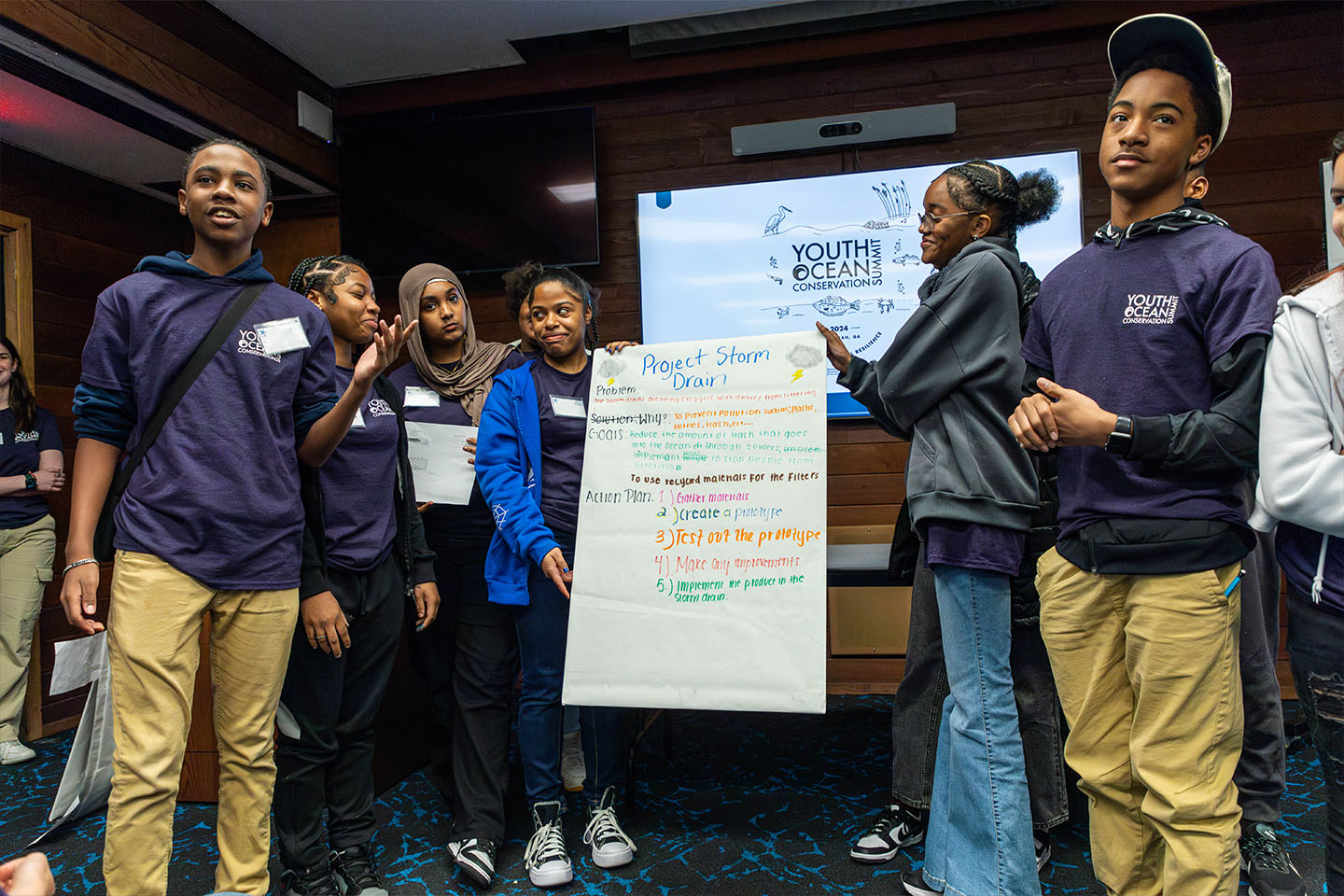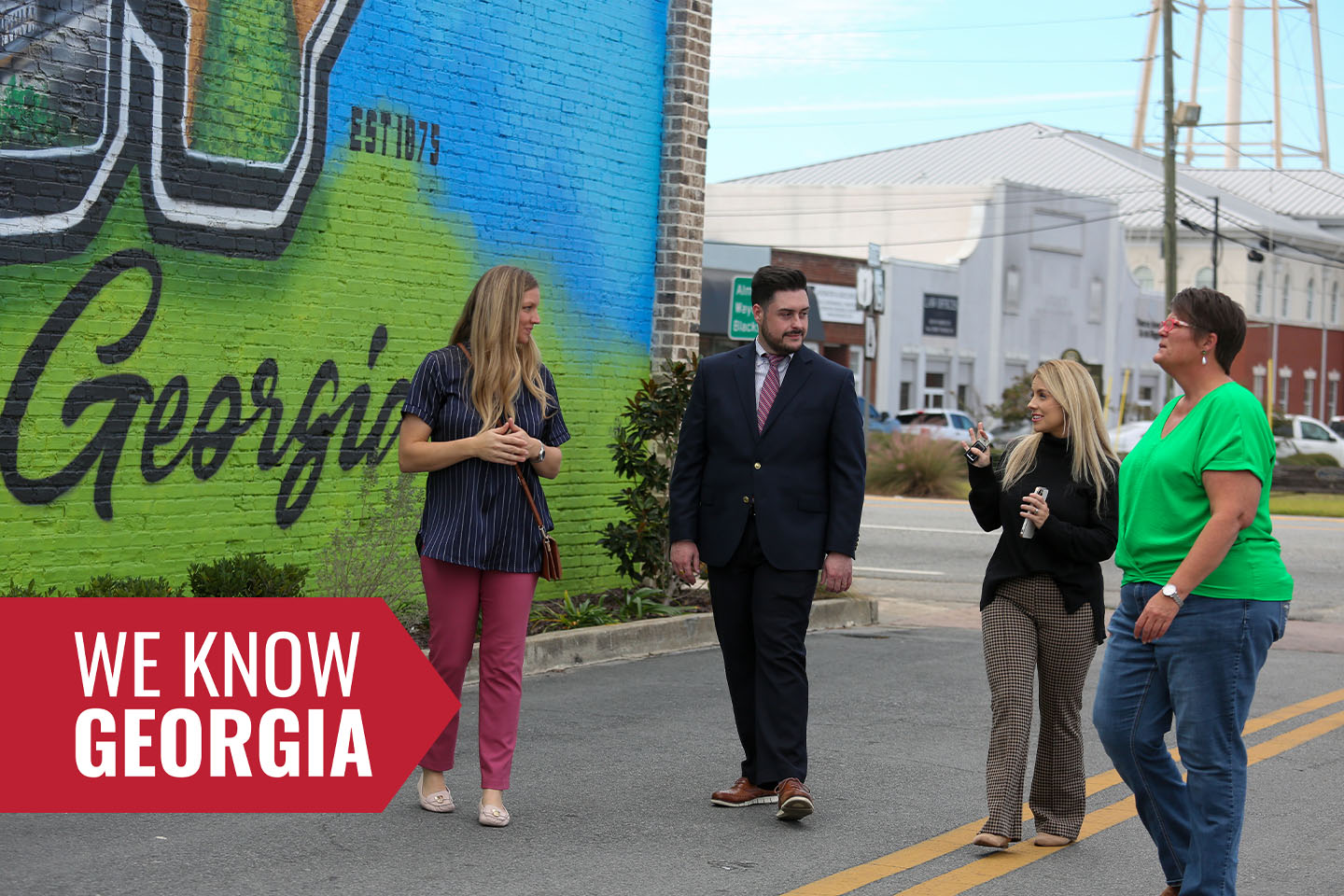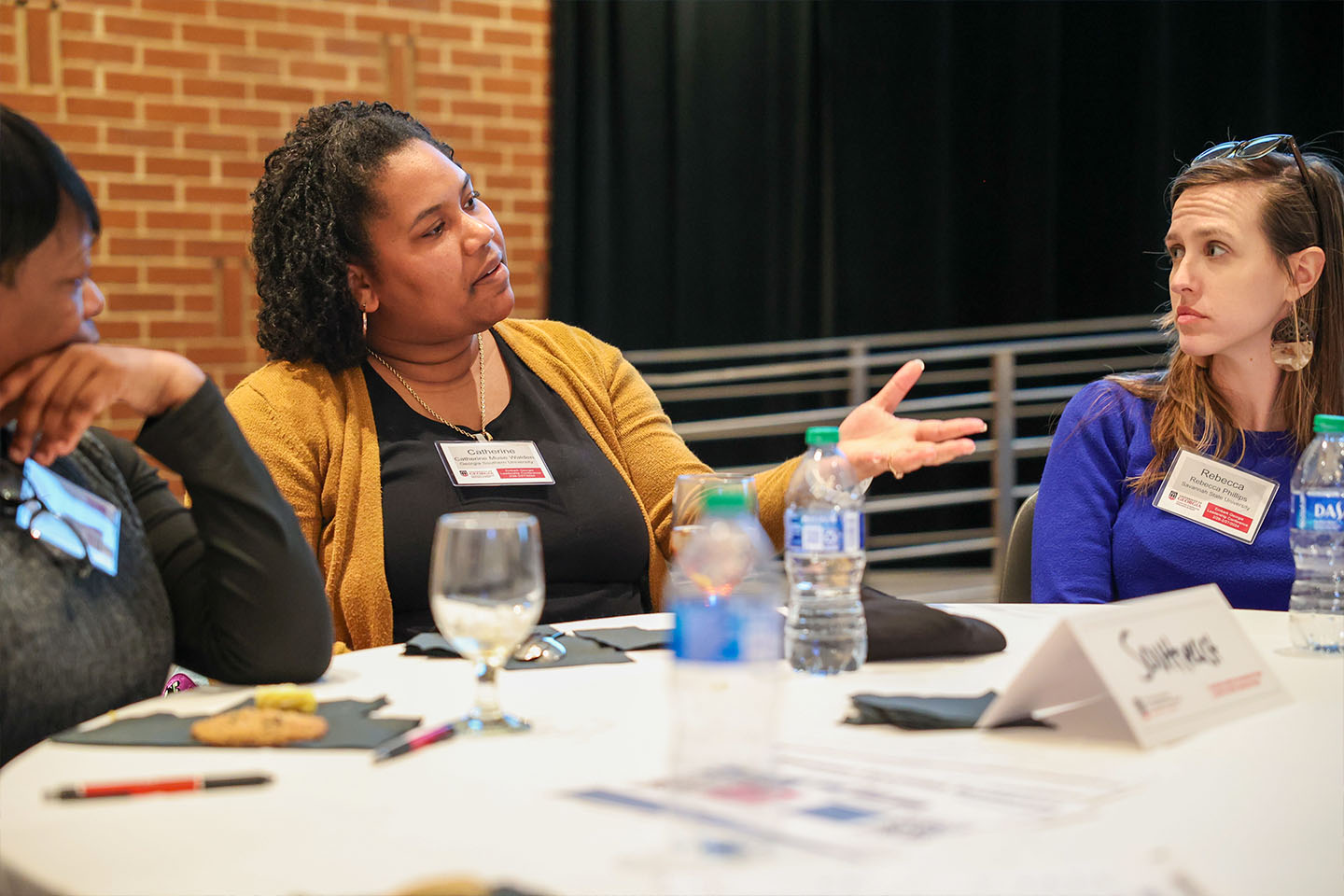The University of Georgia Young Dawgs program has been selected as the 2012 UGA nominee for the regional Outreach Scholarship W.K. Kellogg Foundation Engagement Award for the Southeast. The UGA Office of the Vice President for Public Service and Outreach made the selection from among five entries submitted by other colleges, schools and departments throughout the university campus.
Sponsored by the Association of Public and Land-grant Universities and the National Outreach Scholarship Conference, the award recognizes programs that demonstrate how colleges and universities have redesigned their learning, discovery and engagement functions to become more involved in their communities.
Created in 2009 by UGA Human Resources, Young Dawgs is a rigorous high school internship program designed to prepare juniors and seniors for post-secondary education and future careers in their areas of interest. Through a competitive application process, students are selected to participate in either the Academic School Year Young Dawgs Program or the Summer Science Young Dawgs Program.
Since it began, more than 190 UGA faculty and staff have hosted over 450 high school students. The students have logged in excess of 50,000 volunteer internship hours in various departments on campus and throughout the Athens community.
A panel of university engagement scholars will select the five regional winners and up to 10 additional exemplary applications, and these awards will be presented at the National Outreach Scholarship Conference Sept. 30-Oct. 3 at the University of Alabama in Tuscaloosa. The national winner will be announced at the Association of Public and Land-grant Universities 125th annual meeting Nov. 11-13 in Denver, Colo. Winners in the regional and national competitions will receive cash awards, commendations and tuition for the conferences.
For more information, see http://www.hr.uga.edu/workdev/stcp/YD.html.



